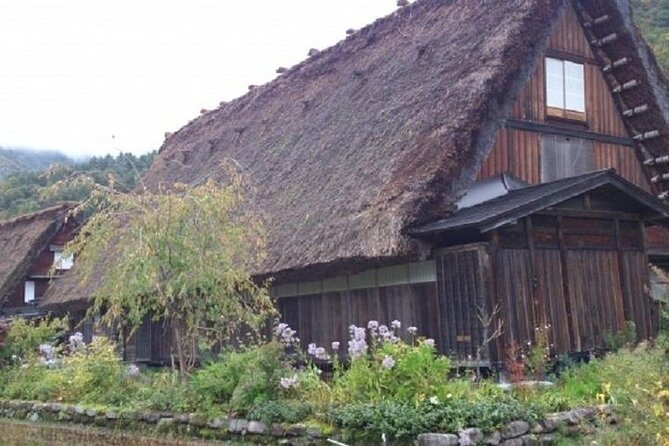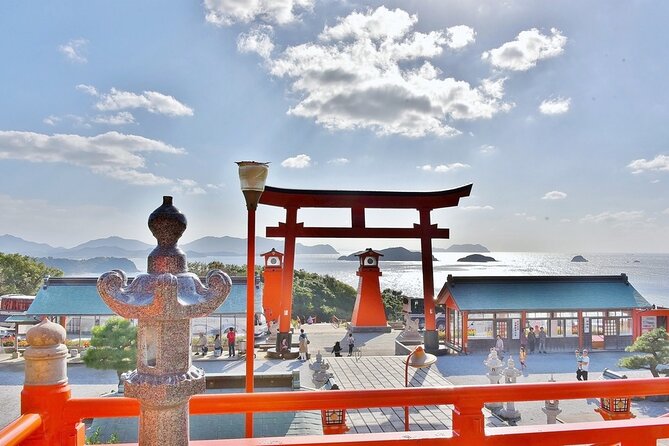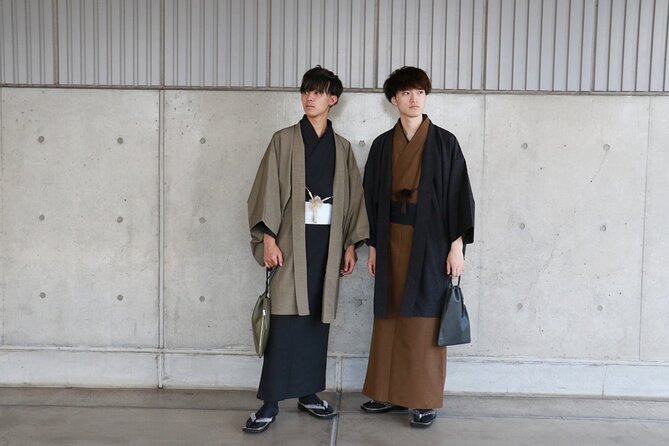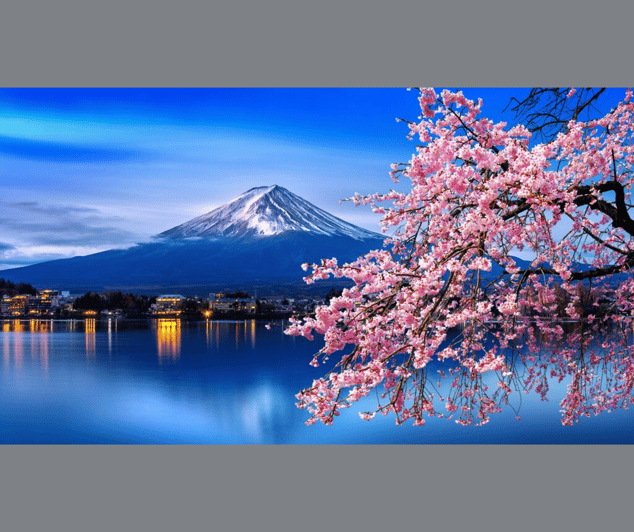Curious minds intrigued by the intersection of tradition and innovation in the world of pottery will find a compelling narrative in the realm of Hasami Ware. As professionals with a 400-year history guide the way, a tapestry of past legacies and contemporary utility unfolds.
The journey promises a blend of craftsmanship and practicality, each piece steeped in cultural significance. Embark on a voyage through time, where the art of Hasami Ware transcends eras, offering a glimpse into a world where history and modernity coexist harmoniously.
Key Takeaways
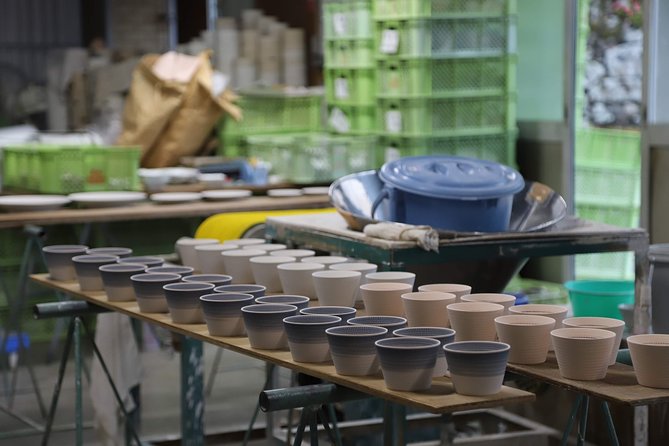
- Engage with skilled artisans to explore 400 years of Hasami Ware history.
- Discover the seamless blend of tradition and modern daily use in pottery.
- Witness sustainable practices and eco-friendly approaches in Hasami pottery production.
- Embrace the minimalist aesthetic and functional elegance of Hasami Ware through expert guidance.
Historical Background of Hasami Ware
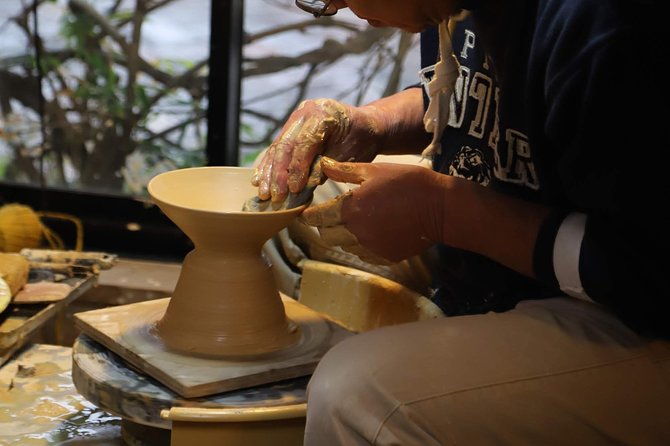
With a history spanning over 400 years, Hasami Ware holds a significant place in the world of pottery. Innovative techniques have been a hallmark of Hasami Ware, contributing to its enduring appeal and cultural significance. Artisans in Hasami have continuously pushed boundaries, experimenting with new methods to create unique and exquisite pieces.
These innovative techniques haven’t only shaped the aesthetics of Hasami Ware but also influenced the wider world of pottery. The cultural significance of Hasami Ware extends beyond its artistic value, reflecting the traditions and craftsmanship of the region. Through centuries of refinement and evolution, Hasami Ware has become a symbol of Japanese pottery excellence, celebrated for its beauty and functionality.
Key Features of Hasami Pottery
Exploring the craftsmanship of Hasami pottery reveals its distinctive blend of traditional techniques and modern design influences. Hasami pottery stands out for its:
- Unique designs that combine minimalistic aesthetics with functional elegance.
- Cultural significance deeply rooted in Japanese history and traditions.
- Versatility, making it suitable for both special occasions and everyday use.
The pottery’s appeal lies in its ability to seamlessly merge the past with the present, offering a timeless elegance that resonates with a wide range of individuals.
From intricate patterns to simple, clean lines, Hasami pottery continues to captivate enthusiasts around the world with its harmonious balance of tradition and innovation.
Explore Hasami Ware Production Process
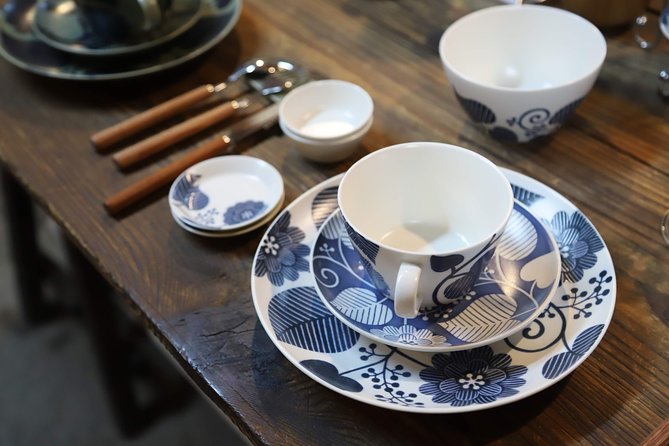
To understand the production process of Hasami Ware, one must delve into the meticulous craftsmanship behind each piece. Hasami ware techniques involve a series of intricate steps that have been passed down through generations. Artisan demonstrations showcase the skill and precision required to create these beautiful pottery pieces.
| Production Step | Description |
|---|---|
| Clay Preparation | Meticulous selection and preparation of the clay |
| Shaping | Hand-shaping or wheel-throwing techniques used |
| Firing | Kiln firing process to strengthen and set the pottery |
| Glazing | Application of traditional glazes for a stunning finish |
Witnessing these steps firsthand during a tour provides a deeper appreciation for the artistry and tradition behind Hasami Ware.
Tour Details and Booking Information
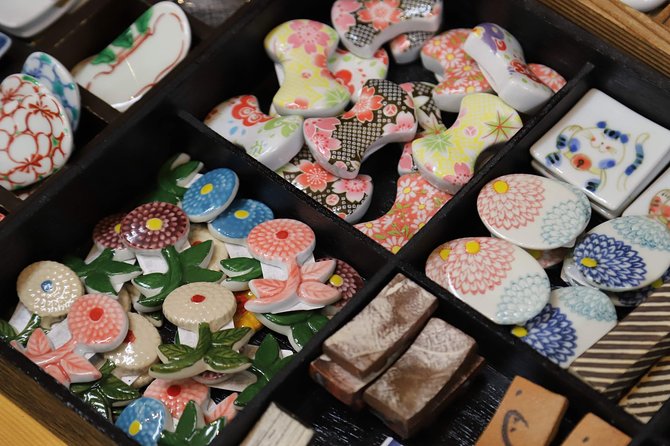
Discover all you need to know about booking your tour and experiencing the artistry of Hasami Ware firsthand. When booking your tour, keep in mind the following:
- Confirmation within 48 hours of booking
- Maximum of 6 travelers on the tour/activity
- Lowest Price Guarantee
Immerse yourself in the world of Hasami Ware by witnessing pottery techniques passed down through generations by skilled artisans. This tour not only showcases traditional craftsmanship but also delves into the cultural significance of Hasami Ware in modern daily life. So, don’t miss this opportunity to explore the rich history and beauty of Hasami Ware with a knowledgeable guide.
Experience Hasami Ware With Local Artisans

Immerse yourself in the artistry of Hasami Ware by interacting directly with local artisans. These skilled craftsmen have honed their techniques over generations, passing down traditional methods that give Hasami Ware its unique charm.
By engaging with the local craftsmanship firsthand, visitors can witness the intricate process of creating these exquisite pieces. From shaping the clay to firing the ceramics, each step showcases the dedication and expertise of these artisans.
Through this hands-on experience, you can gain a deeper appreciation for the history and art behind Hasami Ware. Discover the stories behind each piece and the cultural significance embedded in every design. Engaging with the artisans offers a special insight into the rich heritage of this renowned pottery.
Hasami Ware in Modern Daily Use

In modern daily use, Hasami Ware serves as both functional tableware and decorative pieces in households worldwide. The pottery’s sleek design and minimalist aesthetic make it a popular choice for those who appreciate modern aesthetics. Beyond its visual appeal, Hasami Ware carries deep cultural significance, reflecting centuries of Japanese craftsmanship and tradition.
Here are some key points about Hasami Ware in modern daily use:
- Versatile: Suitable for everyday use or special occasions.
- Durable: Made to withstand the rigors of daily life.
- Stylish: Blends seamlessly with various home decor styles.
Sustainability Practices in Hasami Pottery

Hasami Ware’s commitment to sustainability is evident in its pottery-making practices, emphasizing eco-friendly methods and materials. By focusing on reducing its environmental impact and ensuring ethical sourcing of materials, Hasami Ware promotes a more sustainable approach to pottery production.
| Sustainability Practices | Description |
|---|---|
| Eco-friendly Materials | Hasami Ware uses materials that are sustainable and environmentally friendly, reducing the overall impact on the environment. |
| Energy-Efficient Processes | The pottery-making processes in Hasami Ware workshops are designed to be energy-efficient, further lowering the environmental footprint of the production. |
| Ethical Sourcing | Hasami Ware sources its materials ethically, ensuring that the production process aligns with fair trade practices and respects workers’ rights. |
Tips for Visiting Hasami Ware Workshops
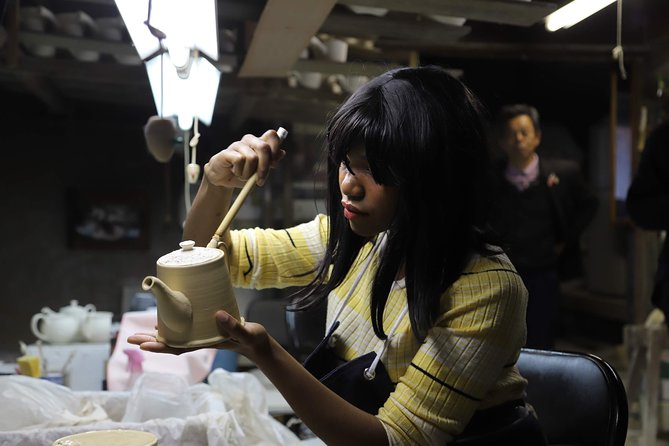
For a memorable visit to Hasami Ware workshops, consider these practical tips. When planning your trip, keep in mind the visiting techniques to make the most out of your experience. Watching artisan demonstrations can provide valuable insights into the craftsmanship behind Hasami Ware. Here are some key points to enhance your visit:
- Arrive early to secure a good viewing spot.
- Take time to observe the intricate details of the pottery-making process.
- Don’t hesitate to ask questions or interact with the artisans for a more immersive experience.
Frequently Asked Questions
Can Visitors Participate in Creating Their Own Hasami Ware During the Experience?
Visitors can fully immerse in a hands-on workshop with creative freedom during the experience. They get the chance to create their own Hasami ware under professional guidance. It’s a unique opportunity for a personalized pottery experience.
Are There Any Restrictions on the Type of Designs or Patterns That Can Be Created on Hasami Ware?
Design restrictions are minimal, allowing for creative process freedom. Participants create unique patterns reflecting cultural significance and color symbolism. Visitors enjoy a hands-on experience with professionals, exploring the rich history of Hasami Ware.
Is There a Specific Significance or Meaning Behind the Colors Commonly Used in Hasami Pottery?
Symbolic colors in Hasami pottery hold cultural significance. Each hue represents a unique aspect of tradition or history. From serene blues to vibrant reds, these colors mirror the essence of Japanese heritage and storytelling through pottery.
Are There Any Recommended Ways to Care for and Maintain Hasami Ware to Ensure Its Longevity?
To ensure the longevity of Hasami ware, it’s recommended to handle with care, avoid sudden temperature changes, hand wash gently, and store properly. These maintenance techniques will help preserve the beauty and quality of the pottery.
Are There Any Traditional Rituals or Ceremonies Associated With the Creation or Use of Hasami Pottery That Visitors May Witness During the Experience?
Visitors may witness traditional ceremonies during the experience, showcasing the rich heritage of Hasami pottery. Alongside, they can observe modern techniques used by professionals, blending history and contemporary practices for an immersive cultural journey.
Conclusion
In conclusion, experiencing Hasami Ware with professionals offers a unique blend of history and modernity. From learning about its 400-year legacy to witnessing the production process firsthand, this journey immerses you in the art of pottery-making.
With a focus on sustainability and daily use, Hasami Ware continues to captivate visitors with its timeless appeal. Don’t miss the opportunity to explore this traditional craft and discover the beauty of Japanese pottery.


